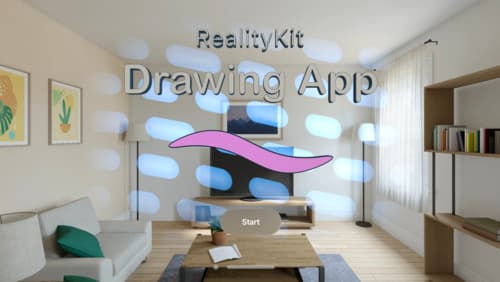Image playground
Asked on 2025-03-04
1 search
The "Image Playground" is a new feature introduced by Apple that allows developers to integrate image creation capabilities into their apps with ease. It provides a pre-built UI for users to create and embed images without the need to train a model or design safety guardrails. The model runs locally on the device, allowing users to create as many images as they want without incurring additional costs.
To integrate the Image Playground experience into your app, you can initialize an instance of the Image Playground view controller and assign its delegate. This setup allows your app to handle important lifecycle events, such as when image creation is finished or canceled. You can also provide initial concepts and source imagery to give users a starting point for their creations.
The Image Playground API is designed to be user-friendly and is hosted by the operating system, ensuring privacy and security. Only the final image chosen by the user is shared with your app, and there is no need for a permission prompt.
For more detailed information on how to implement this feature, you can refer to the session "What’s new in AppKit" and "What’s new in privacy" from WWDC 2024.

Build a spatial drawing app with RealityKit
Harness the power of RealityKit through the process of building a spatial drawing app. As you create an eye-catching spatial experience that integrates RealityKit with ARKit and SwiftUI, you’ll explore how resources work in RealityKit and how to use features like low-level mesh and texture APIs to achieve fast updates of the users’ brush strokes.

What’s new in AppKit
Discover the latest advances in Mac app development. Get an overview of the new features in macOS Sequoia, and how to adopt them in your app. Explore new ways to integrate your existing code with SwiftUI. Learn about the improvements made to numerous AppKit controls, like toolbars, menus, text input, and more.

What’s new in privacy
At Apple, we believe privacy is a fundamental human right. Learn about new and improved permission flows and other features that manage data in a privacy-preserving way, so that you can focus on creating great app experiences.
